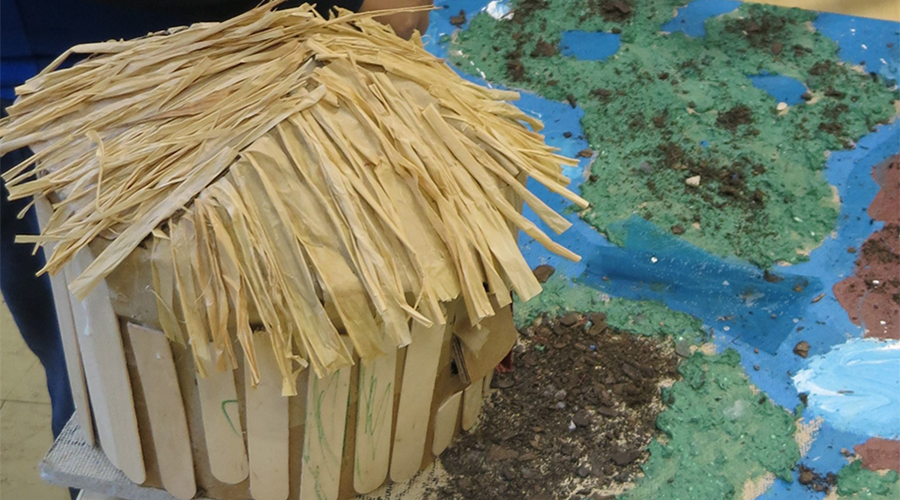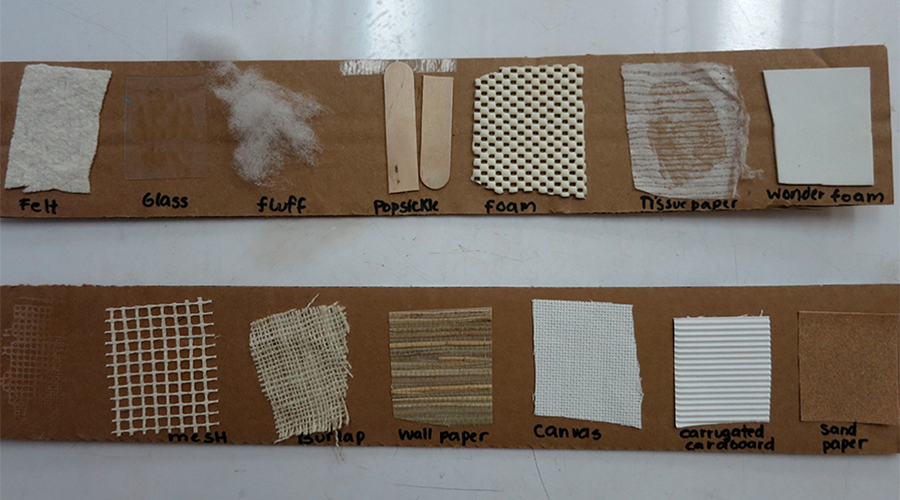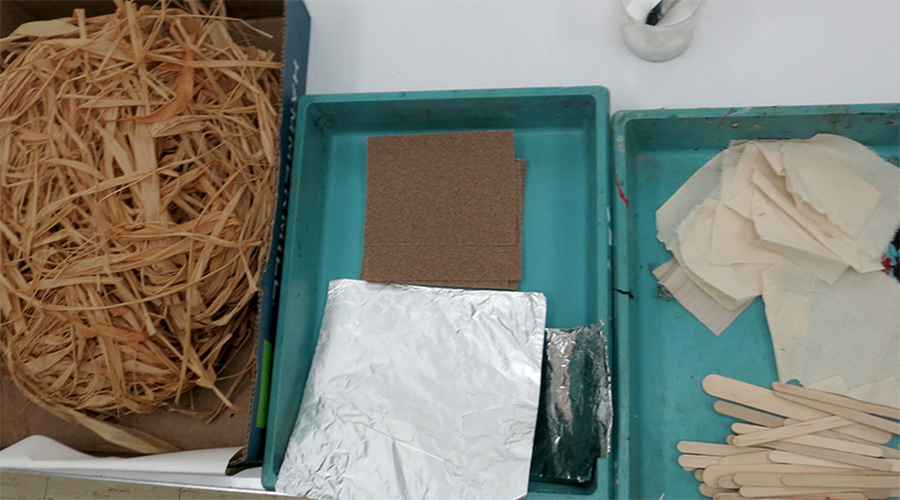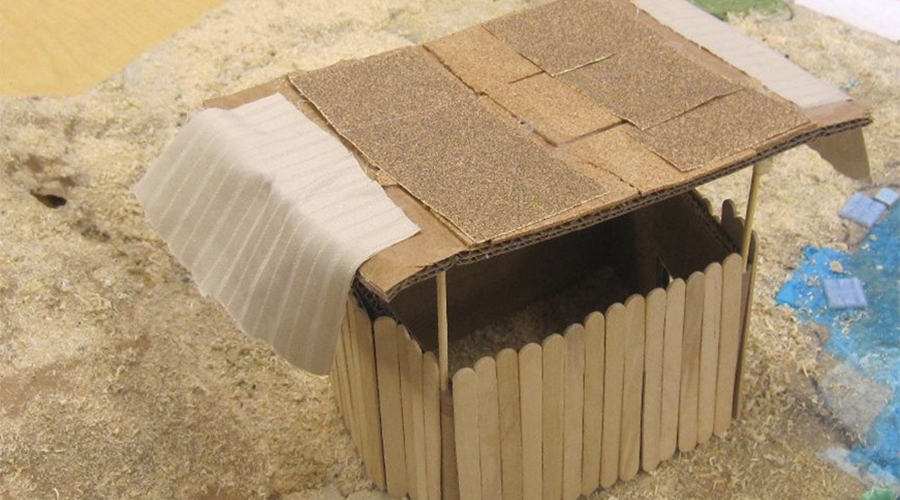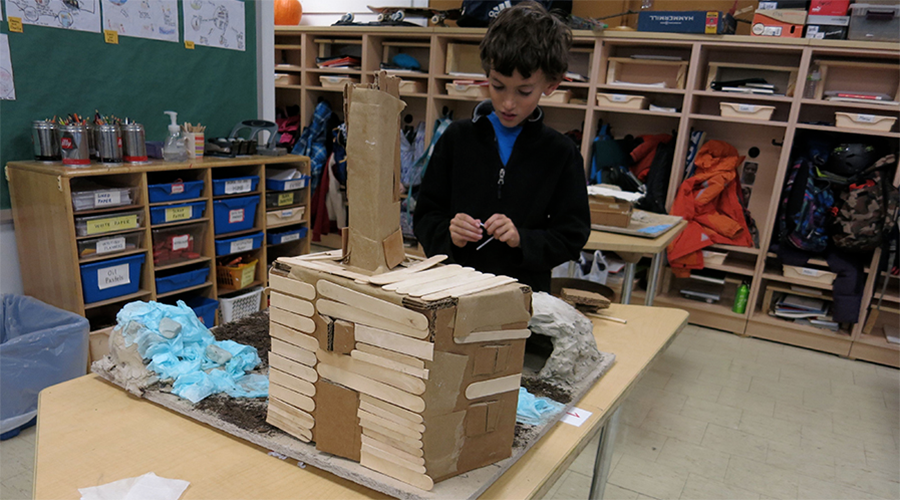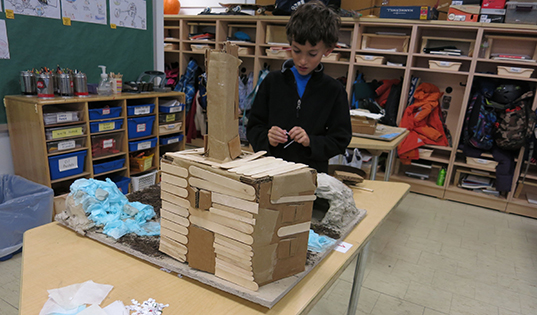 Schedule
Schedule
Three to four 45-minute periods for read alouds
Goals
Students begin to study the “social” aspect of this unit, that is, how people live in and interact with their biome. Teachers read aloud informational text picture books for each of the biomes. Students begin to understand the question of: How does where people live affect how they live? Students also learn how indigenous people survive in a particular biome. During read alouds, students practice informational text reading, comprehension, and note-taking skills.
Materials
Informational picture books that highlight the lives of people who live in each biome. Examples:
- Tropical Rainforest:The Shaman’s Apprentice: A Tale of the Amazon Rainforest by Lynne Cherry & Mark Plotkin
- Temperate Forest: When the Shadbush Blooms by Carla Messinger, Susan Katz
- Wetlands: Meadowlands: A wetland survival story by Thomas Yezerski
- American Desert: Dreamplace by George Ella Lyon & Peter Catalanotto (also The Shepherd Boy by Kristine Franklin)
- African Desert: Sahara (Vanishing Cultures) by Jan Reyno
Note taking sheets designed for each picture book.
Procedures
Over the next two weeks, teachers schedule time to read aloud all five of these books to the whole class. Teachers distribute a packet of note-taking sheets that contains one sheet for each book. While each sheet is customized to a particular book, students will be analyzing the people, clothing, shelter, food, water, plants, and animals in each of the biomes profiled in the books. During the read alouds, students will be working with each other and with the reader to complete the forms and share the learning.
Assessment
Formal: Teacher review of note-taking sheets
Informal: Asking children individually and in whole group about learnings, discoveries and questions about their biome.
Suggestions for Teachers
- Combine the five note sheets into one packet for organization.
- Be mindful of how race and ethnicity are represented in the books.
- Encourage conversations around how humans have adapted to their particular biome.
- Leave books out in the classroom and available for students to come back to on their own.
- Consider a “picture walk” of the images to begin the read aloud.
- Ensure that read alouds are interactive, and that discussions encourage connections to students’ lives.
- Encourage students to compare and contrast the cultures across biomes.
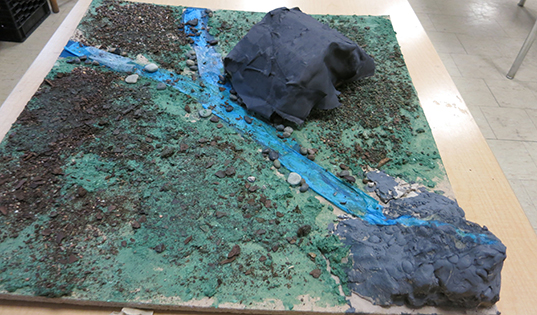 Schedule
Schedule